Tag: large mosaic
-
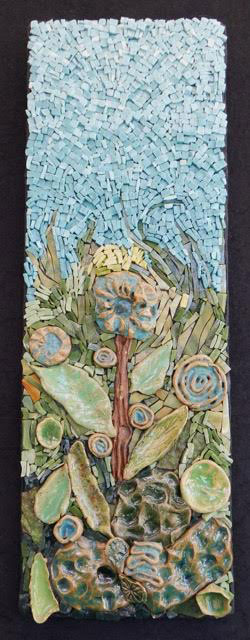
How To Add Texture To Mosaic Art
Mosaic artwork can include rough textural elements that would be impractical in architectural tiling such as a shower wall, which needs to be smooth for cleaning and safety. Note that smooth does not mean flat. You can have textural elements in an architectural surface, but they need to be rounded and not jagged. (Cheese-grater walls…
-
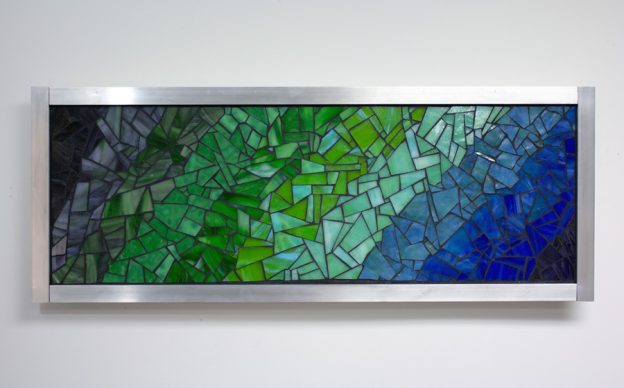
How to Hang Mosaic Art with French Cleat Wall Mounts
Small mosaic plaques can be mounted on a wall with a the same type of hangers and wires used for paintings provided the nail on which it hangs is mounted in a stud inside the wall, and even then redundant wires and fasteners are recommended. However, larger mosaics need more robust mounting hardware. The “french…
-
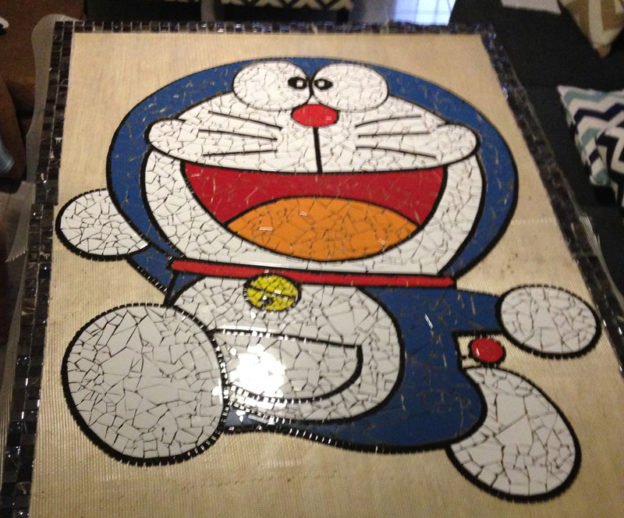
Doraemon Japanese Manga Mosaic Installation Video
Rolando Jose made a mosaic of his favorite cartoon character Doraemon using broken pieces of glazed ceramic tile obtained locally in Panama and our black 12mm recycled glass tile for outlining. Rolando Jose made a video of creating and installing the mosaic and used Doraemon’s theme song for the soundtrack. Doraemon is a Japanese manga character. The…
-
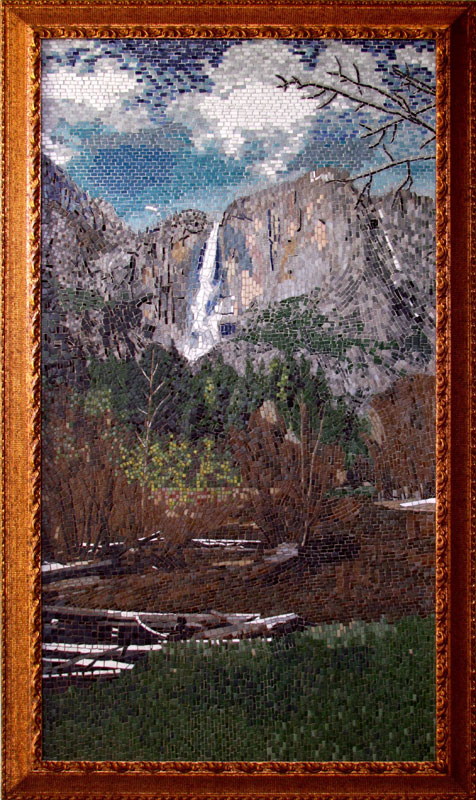
Photorealistic Mosaic Landscape
Yosemite Mosaic Landscape Yosemite Mosaic landscape by Jim Price. Limitations of the Grid and Tile as Pixels Jim Price’s Yosemite Mosaic is an excellent example of how photorealistic mosaic art does NOT have to be rendered in a uniform grid of pixels. For an example of a gridded mosaic where tiles are used as pixel, look…
-
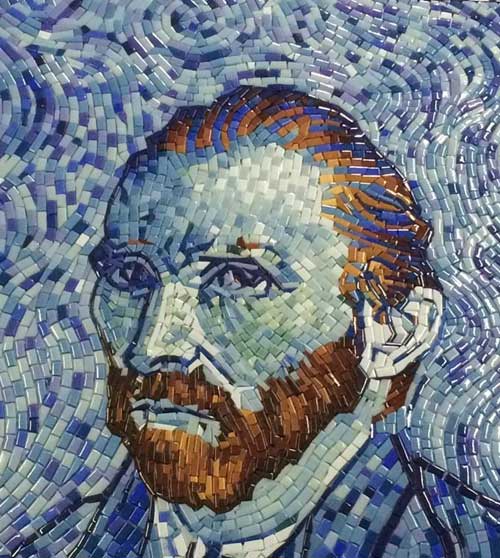
Van Gogh Self-Portrait Mosaic
Recently Doug Harris of Elementile sent me some photos of a mosaic rendering of Vincent Van Gogh’s 1889 self-portrait, and it is definitely worth seeing. I think some of the best examples of how to use adamento in mosaic to convey a sense of motion are actually demonstrated in Van Gogh’s painting, and this self-portrait was a natural choice for mosaic…
-
Mixed-Media Mosaic Bar
Recently artist Wendy Schroeder emailed us some photographs of her mixed-media mosaic bar top, and it is worth taking a look at for several reasons, especially if you are doing a high-end project and would like to integrate figurative mosaic art in a seamless way with other design elements. Strong Figurative Design First, the glass tile mosaic…
-
Outdoor School Mosaics
Recently I received an email from an art teacher whose school mosaic project was an outdoor mosaic where each child would create a mosaic on an 8 inch x 8 inch brick paver (paving stone), and then the mosaic pavers would be arranged together in a crazy quilt design similar to what artist Victor Kobayashi…
